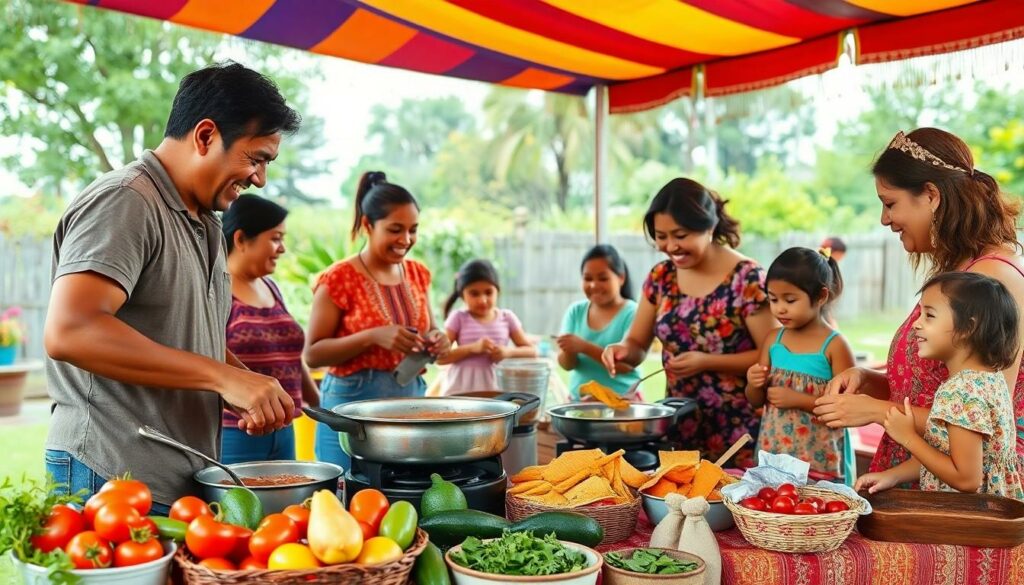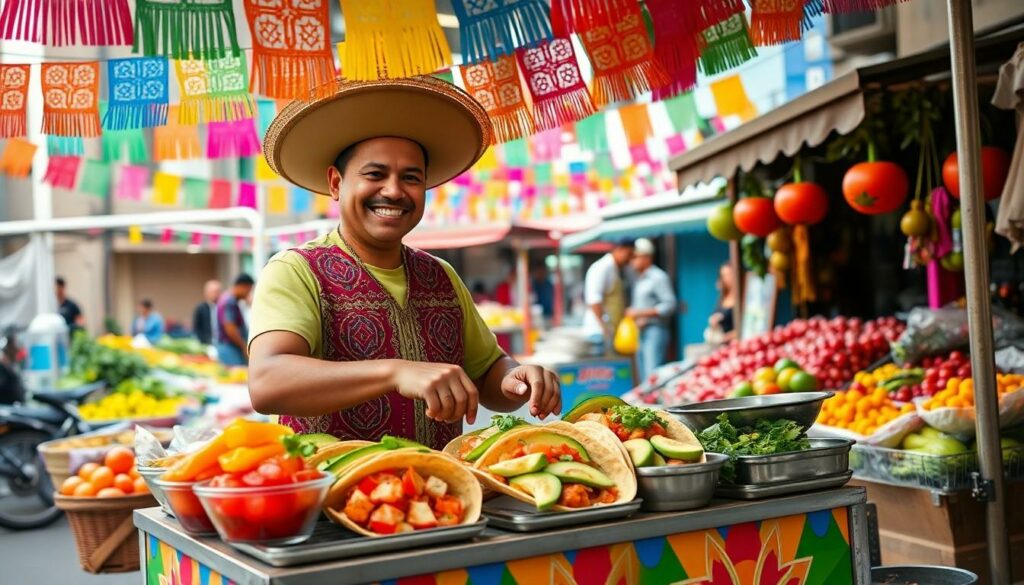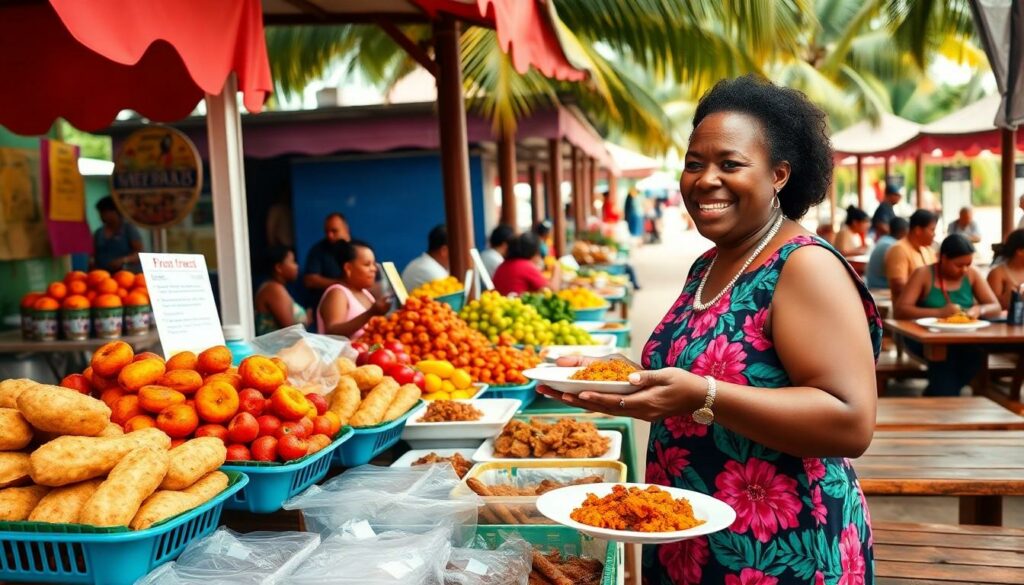Hispanic food culture is a vibrant tapestry woven from centuries of tradition, flavor, and a dash of spice. It’s not just about the food; it’s a celebration of heritage, family, and the joy of gathering around a table. From the sizzling sounds of a taco stand to the rich aromas of a homemade mole, every dish tells a story that makes taste buds dance and hearts sing.
Imagine biting into a perfectly seasoned empanada or savoring the warmth of fresh tortillas. These culinary delights do more than satisfy hunger; they transport you to lively fiestas and cherished family gatherings. So grab your fork and prepare for a delicious journey through the diverse flavors of Hispanic cuisine, where every meal is an invitation to experience culture at its most delicious.
Hispanic Food Culture
Hispanic food culture represents a mosaic of flavors, ingredients, and cooking techniques rooted in the diverse histories of Latin America and Spain. Rich in tradition, each region features distinct culinary practices that reflect local customs and available resources. Dishes such as tamales, empanadas, and ceviche highlight regional ingredients like corn, beans, and seafood.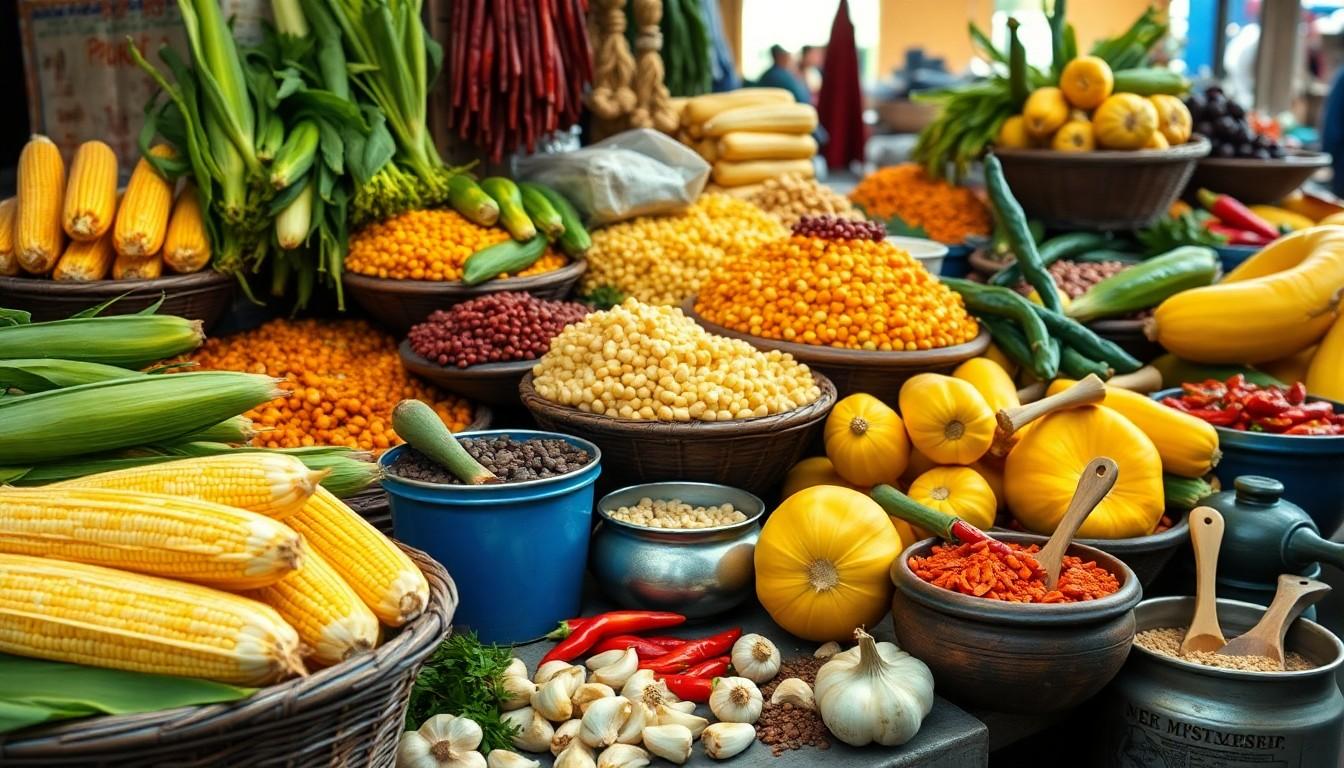
Family gatherings play a central role in Hispanic food culture. Celebrations often center on meals that unite relatives, showcasing recipes passed down through generations. Meals serve as a medium for storytelling, with each dish often linked to cultural rituals or historical events.
Spices and herbs hold great importance in Hispanic cooking. Ingredients like cumin, cilantro, and chili peppers add depth and complexity to dishes. Signature techniques, such as slow cooking and grilling, enhance the richness of flavors, ensuring each bite offers a unique experience.
Street food also finds its place in Hispanic cuisine. Vendors offer a variety of snacks and quick meals, including tacos, arepas, and churros, allowing for culinary exploration on the go. These foods reflect the communities they represent, making them accessible and beloved.
Hispanic food culture embraces a philosophy of shared experiences. Communal meals foster connections among families and friends, creating a sense of belonging. Food acts as a bridge to understanding cultural heritage, inviting individuals to partake in the richness that defines Hispanic traditions.
Historical Influences
Hispanic food culture stems from diverse historical influences, which shape its unique flavors and dishes. Understanding these influences reveals the connection between food and heritage in Hispanic communities.
Indigenous Roots
Indigenous cultures across Latin America laid the groundwork for many traditional dishes. Foods like corn, beans, and squash formed the basis of diets in various regions. Each of these ingredients led to a rich variety of preparations and cooking methods. Ancient civilizations, such as the Aztecs and Mayans, celebrated these staples with rituals and communal gatherings, weaving food into their cultural identity. Moreover, herbs and spices native to the Americas, such as chili peppers and tomatoes, became essential in both everyday meals and ceremonial occasions.
Spanish Colonization
Spanish colonization significantly impacted Hispanic cuisine. The arrival of the Spanish introduced new ingredients and techniques, blending them with existing indigenous practices. Ingredients like garlic, olive oil, and pork became staples in many dishes. This fusion created iconic meals showcasing both indigenous and Spanish traditions. The influence of Spanish cooking also brought about the use of sofrito and adobo, foundational flavor bases in many Latin dishes. Notably, the establishment of plantations led to the incorporation of African ingredients and cooking styles, further enriching the culinary landscape. Through this blending, Hispanic food evolved into a vibrant tapestry of flavors and traditions.
Key Ingredients In Hispanic Cuisine
Hispanic cuisine features a variety of essential ingredients that create its rich flavors. Staples and grains form the foundation of many dishes, enhancing both texture and nutrition.
Staples And Grains
Corn serves as a primary staple in many Hispanic households. It appears in forms like tortillas and tamales, bringing a unique flavor profile. Rice also plays a critical role, often accompanying main courses. Additionally, quinoa has gained popularity, especially in Andean regions. Beans, in various types such as black, pinto, and kidney, provide protein and heartiness to meals. These grains and staples not only nourish, but they also connect to regional histories and traditions.
Herbs And Spices
Herbs and spices significantly contribute to the depth of flavor in Hispanic dishes. Cumin delivers warmth, enhancing stews and meats consistently. Oregano, particularly Mexican oregano, is frequently used in sauces and marinades. Chili peppers, ranging from mild to fiery varieties, add heat and complexity to many salsas and dishes. Parsley and cilantro offer fresh brightness, often featured in garnishes or salads. Together, these ingredients elevate the culinary experience, showcasing the vibrant profiles of Hispanic cuisine.
Regional Variations
Hispanic food culture showcases a variety of regional cuisines, each with its unique flavors and preparation methods. Diverse ingredients and local traditions shape these culinary expressions.
Mexican Cuisine
Mexican cuisine thrives on bold flavors and vibrant colors. Staples like corn, beans, and chili peppers dominate many dishes. Tacos, enchiladas, and mole represent just a fraction of this rich culinary landscape. Traditional methods, such as nixtamalization for masa, enhance flavor and nutrition. Regional specialties, like Oaxacan tlayudas and Yucatecan cochinita pibil, reflect local agricultural practices. Family gatherings often spotlight these staples, creating a sense of community and celebration.
Caribbean Cuisine
Caribbean cuisine features a fusion of diverse influences, including African, indigenous, and European elements. Ingredients like plantains, yams, and seafood form the backbone of many traditional dishes. Jerk chicken from Jamaica and arroz con conch from Puerto Rico exemplify this vibrant culinary culture. Coconut, allspice, and Scotch bonnet peppers infuse meals with unmistakable flavors. Festive events often highlight these dishes, bringing families and communities together over food. Unique cooking styles, such as smoking and barbecuing, further enhance Caribbean flavors.
South American Cuisine
South American cuisine represents a tapestry of indigenous traditions combined with various cultural influences. Countries like Peru and Brazil boast staple ingredients such as quinoa, potatoes, and cassava. Ceviche from Peru and feijoada from Brazil illustrate the rich, regional variety. Coupled with unique spices, like paprika and aji amarillo, these dishes tantalize the palate. Grilling and roasting techniques enhance natural flavors in many meals. Celebrations often feature these rich flavors, fostering communal bonds through shared experiences.
Cultural Significance
Hispanic food culture showcases the importance of shared experiences and community bonds. Every meal reflects traditions passed down through generations.
Family Gatherings And Celebrations
Family gatherings serve as the heart of Hispanic food culture. These occasions bring families together, creating connections through shared meals. Special dishes often emerge during celebrations, highlighting their cultural roots. For example, tamales are traditionally made during Christmas, symbolizing unity and familial love. Birthdays and weddings feature entremeses, encouraging merriment and togetherness. Each dish tells a story, connecting elders and younger generations. The joy of cooking and sharing these meals strengthens family ties, enriching the overall experience.
Culinary Traditions
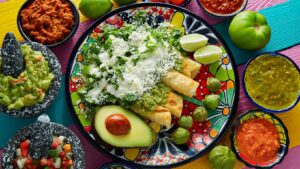 Culinary traditions play a vital role in defining Hispanic food culture. Recipes often emerge from local ingredients and historical influences, creating a rich tapestry of flavors. Techniques, such as slow-cooking and grilling, have been passed through families, preserving heritage. Feast days and religious ceremonies showcase specific dishes that hold symbolic importance. Celebrations like Día de los Muertos highlight traditional offerings, marrying food with spiritual customs. Street food also reflects culinary traditions, offering quick bites that embody regional flavors and practices. These elements showcase the cultural significance of food, ensuring that traditions thrive.
Culinary traditions play a vital role in defining Hispanic food culture. Recipes often emerge from local ingredients and historical influences, creating a rich tapestry of flavors. Techniques, such as slow-cooking and grilling, have been passed through families, preserving heritage. Feast days and religious ceremonies showcase specific dishes that hold symbolic importance. Celebrations like Día de los Muertos highlight traditional offerings, marrying food with spiritual customs. Street food also reflects culinary traditions, offering quick bites that embody regional flavors and practices. These elements showcase the cultural significance of food, ensuring that traditions thrive.
Tradition and Community
Hispanic food culture is a vibrant tapestry woven from history tradition and community. Each dish serves as a testament to the rich heritage that shapes identities and fosters connections. The flavors and ingredients tell stories that transcend generations inviting everyone to partake in this culinary celebration.
As families gather around the table sharing meals they also share memories and experiences that strengthen their bonds. The significance of food in these cultures goes beyond mere sustenance; it’s about creating a sense of belonging and preserving cherished traditions.
Through the diverse cuisines found across regions the essence of Hispanic culture continues to thrive ensuring that its culinary legacy remains alive and well for future generations to enjoy.
